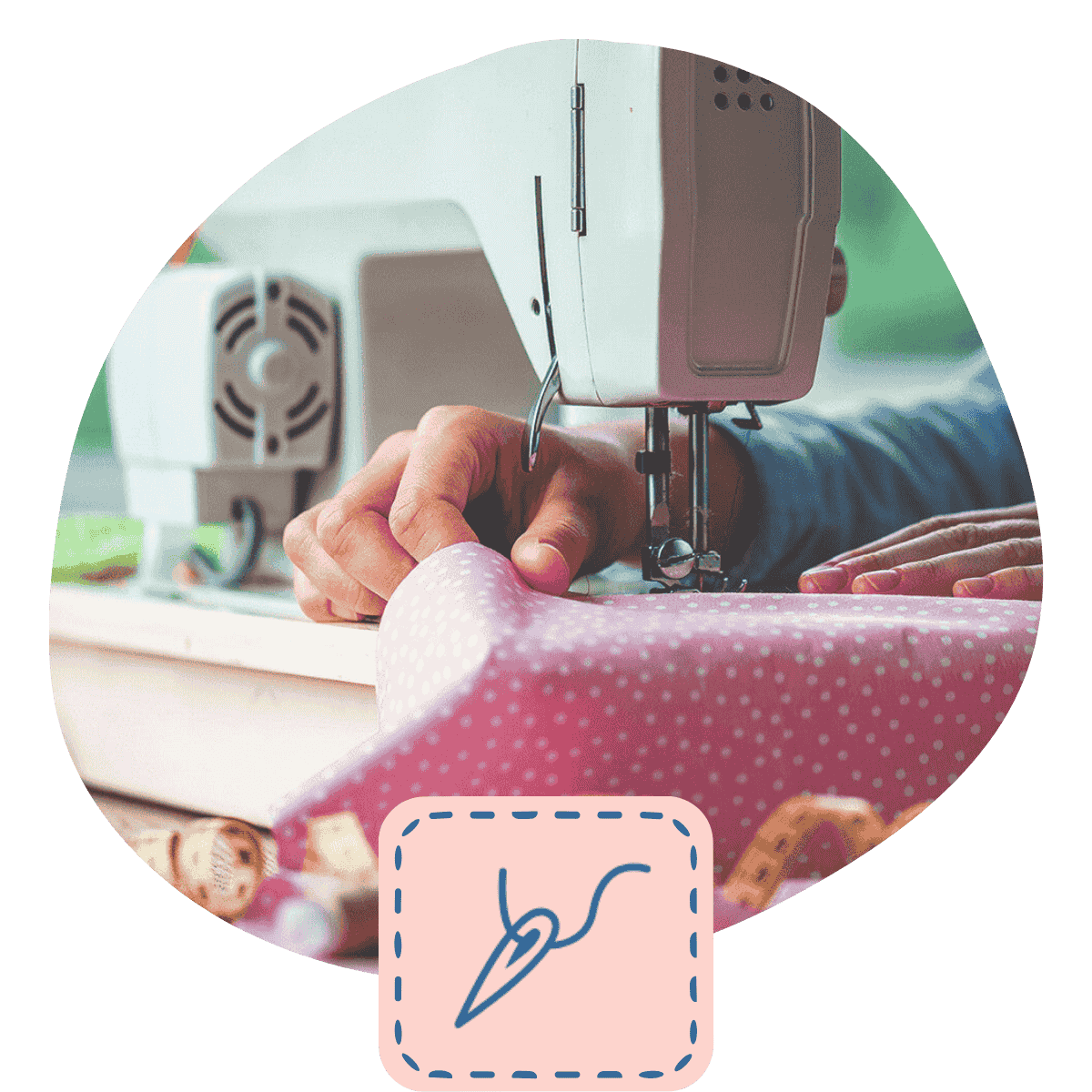
What is hand sewing?
Sewing is the craft of fastening or attaching objects using stitches made with a needle and thread. ... Fine hand sewing is a characteristic of high-quality tailoring, haute couture fashion, and custom dressmaking, and is pursued by both textile artists and hobbyists as a means of creative expression.
What is patchwork?
Patchwork is needlework in which small pieces of cloth in different designs, colours, or textures are sewn together.
stitchkitshop
Sewing & Patchwork Stitch Kit
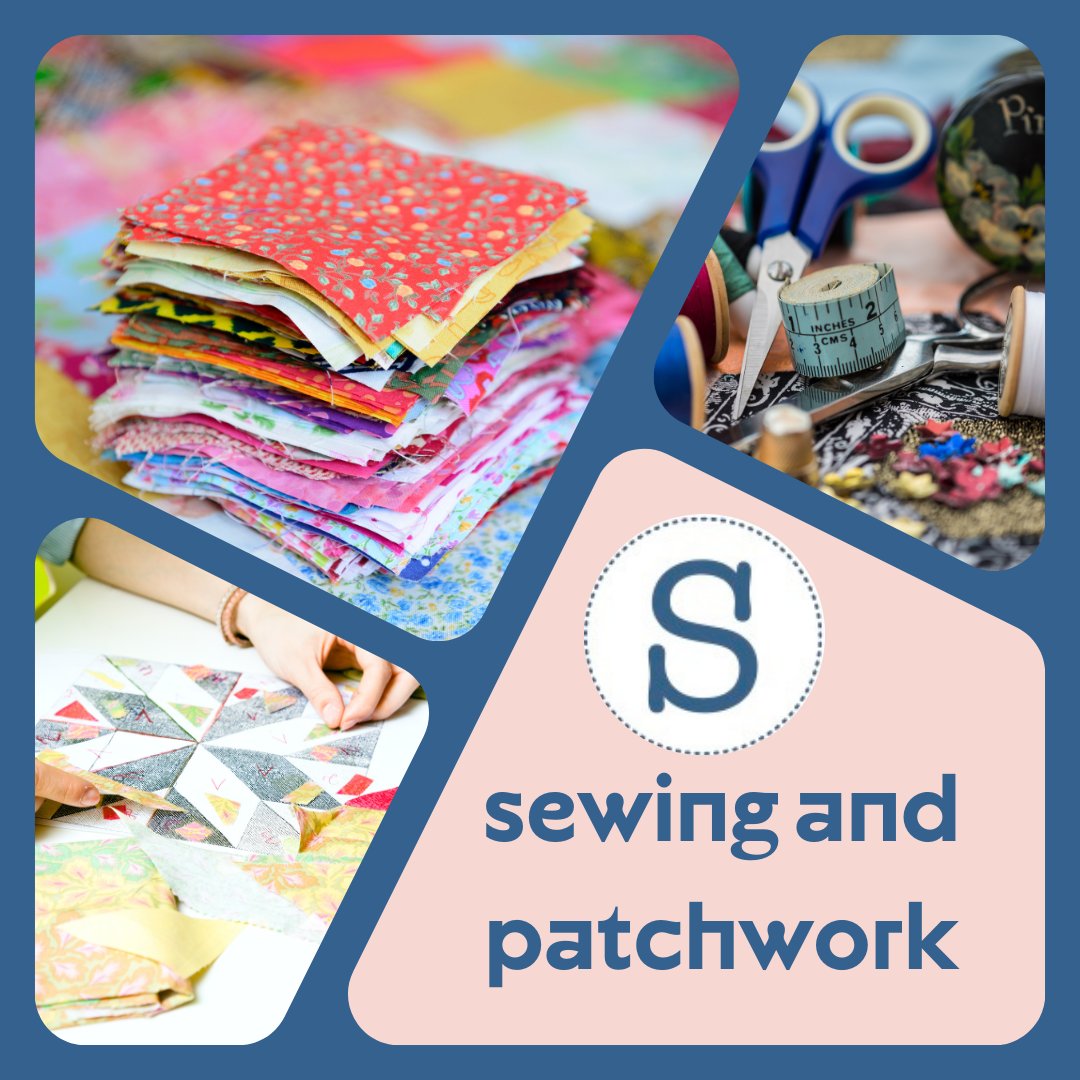
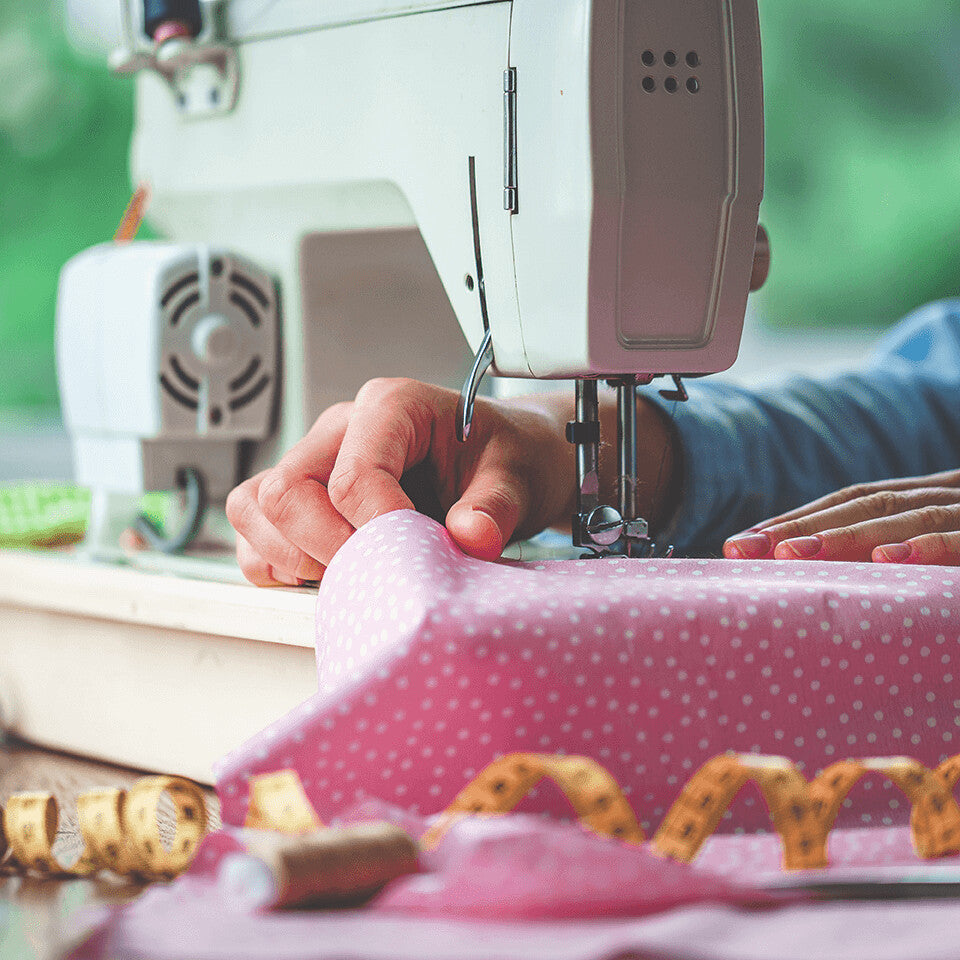
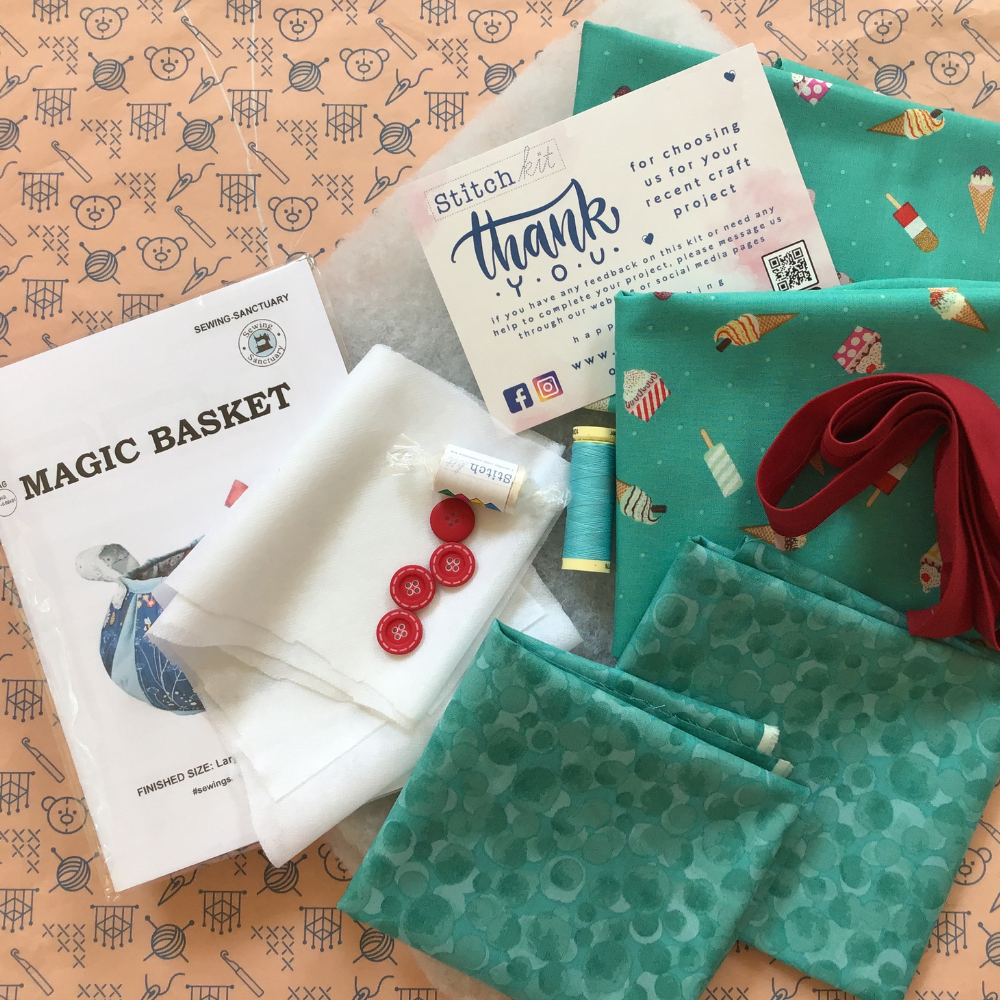
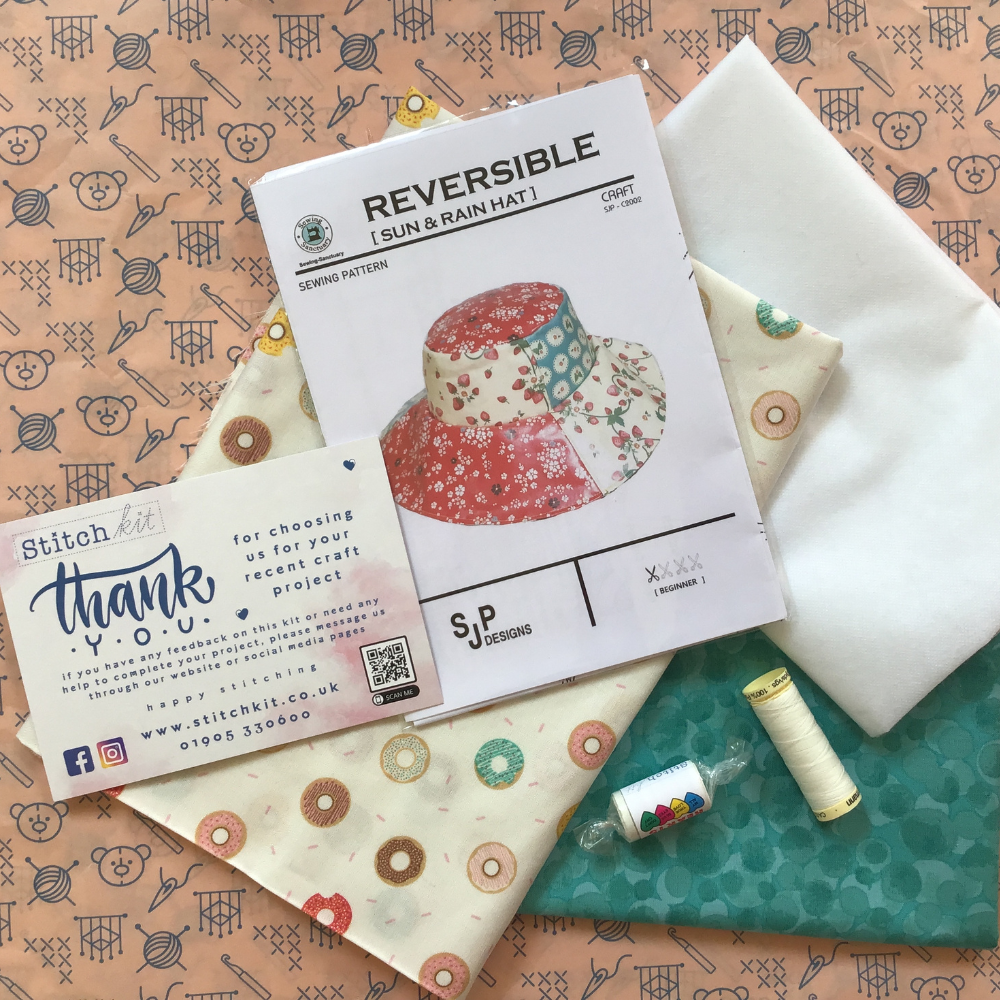
FAQs
What equipment do I need to make a patchwork quilt?
1. Sewing machine. You'll need a sewing machine for most projects, or they'll soon become very time-consuming! ...
2. Threads.
3. Wadding or batting.
4. Steam iron.
5. Rotary cutter.
6. Cutting mat.
How do you do patchwork?
Patchwork typically involves four simple steps, and once you've got them, you are sorted.
1. Cutting. Before you start sewing pieces of fabric together, you've got to cut them up!
2. Piecing. Once your pieces are all cut out, it's time to piece (that's quilting talk for "sew") them together.
3. Pressing.
4. Square it up.
Why do people make patchwork quilts?
Today people generally make quilts for artistic, educational and social reasons like celebrating or commemorating an event. ... Over the last 300 years quilting and patchwork have moved in and out of fashion but in fact, during that time many wealthy people bought or made patchwork quilts themselves.
What is the difference between patchwork and quilting?
Patchwork is the art of sewing together pieces of fabric to form a pattern or block. When enough blocks have been made, they can be sewn together to form a quilt top. Quilting is the sewing together of the three layers that make up a quilt - the top, the central wadding, and the backing.
What is patchwork used for?
Patchwork is most often used to make quilts, but it can also be used to make bags, wall-hangings, warm jackets, cushion covers, skirts, waistcoats and other items of clothing. Some textile artists work with patchwork, often combining it with embroidery and other forms of stitchery.
What skills do you need for sewing?
Sewing Skills and Techniques to Master
• Know how to press (and do it often) Although both involve an iron, pressing is different from ironing.
• Staystitching. Staystitching prevents distortion to curves.
• Clipping corners and curves.
• Seam finishes.
• Hems.
• Using a rotary cutter.
• Fussy cutting.
• Bar tacks.
Is sewing good for your brain?
Sewing requires creativity, which improves the brain's ability to grow new brain cells. As mental deterioration is a result of lost connection between neurons, sewing promotes mental growth.
Why is hand sewing important?
Sewing gives you power over a limited decorating budget. It opens creativity when you sew a simple garment. Over time, sewing can save you money by providing a means for making gifts. And, it ensures unlimited possibilities for repurposing almost anything made from fabric.
What is hand stitching?
Hand stitches have many uses. Before the sewing machine, garment-making was done exclusively by hand. ... Depending on the stitch and its use, some techniques require double thread (sewing on a button, or securing hooks/eyes and snaps), but most are worked with single thread.
Our Other Crafts
-

Amigurumi
Learn More -

Cross Stitch & Embroidery
Learn More -

Knitting
Learn More -

Macrame
Learn More -

Crochet
Learn More





